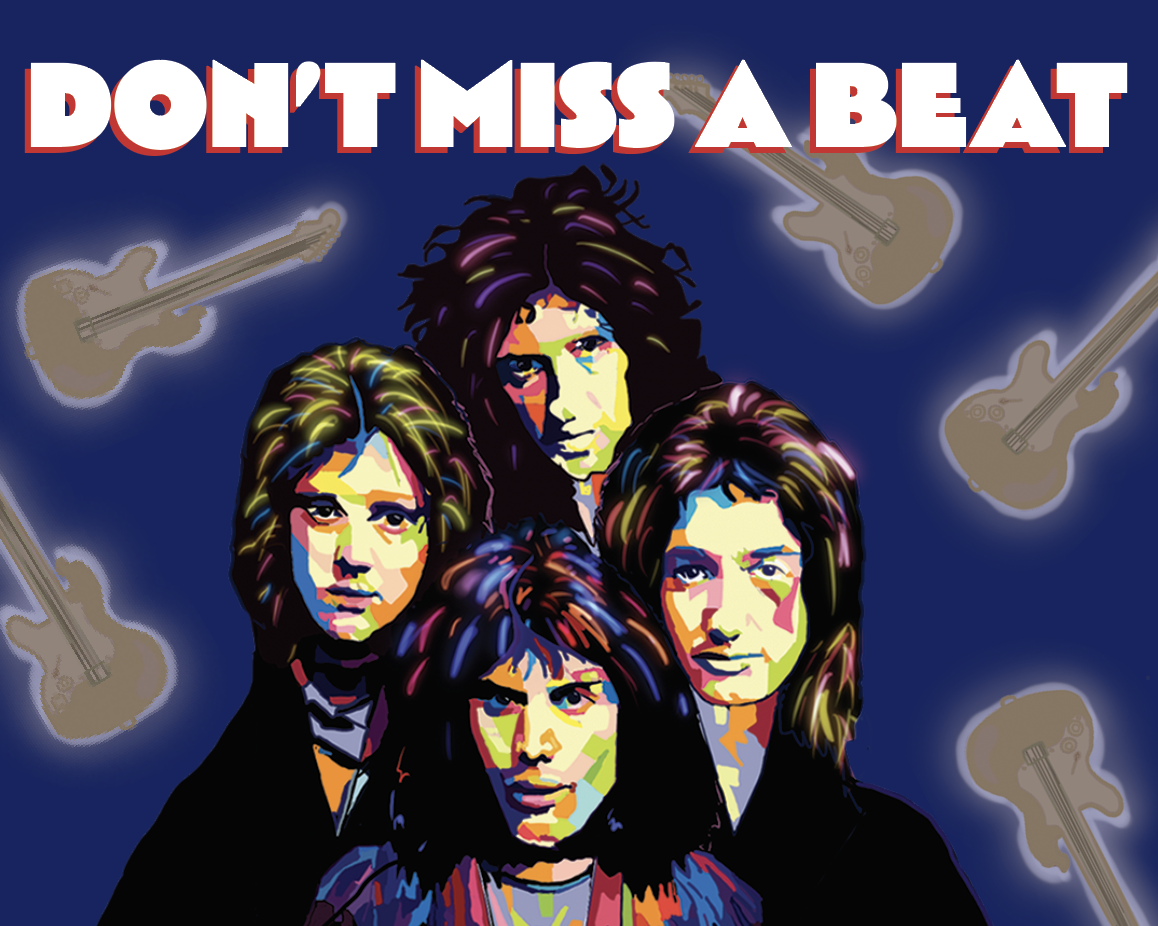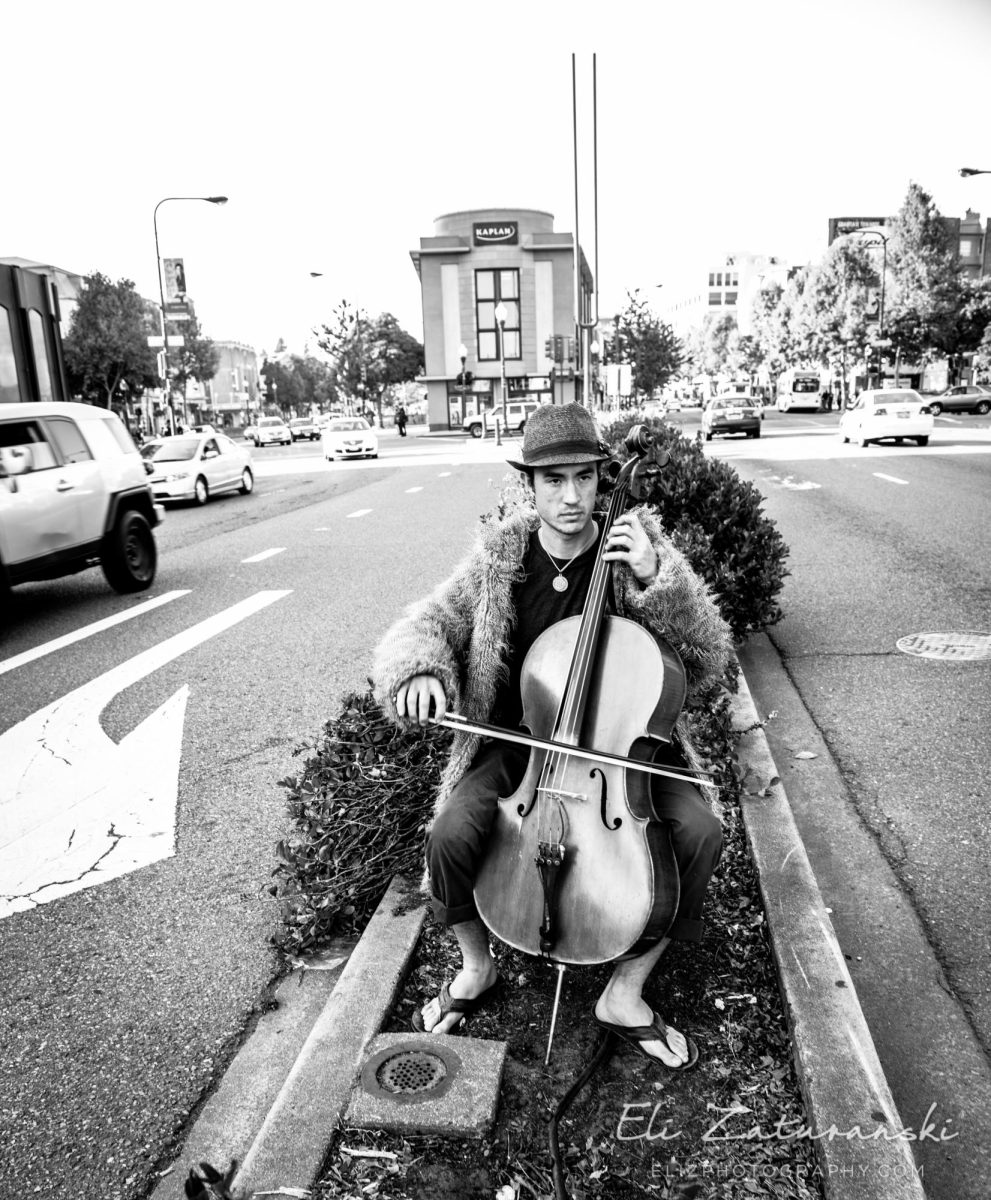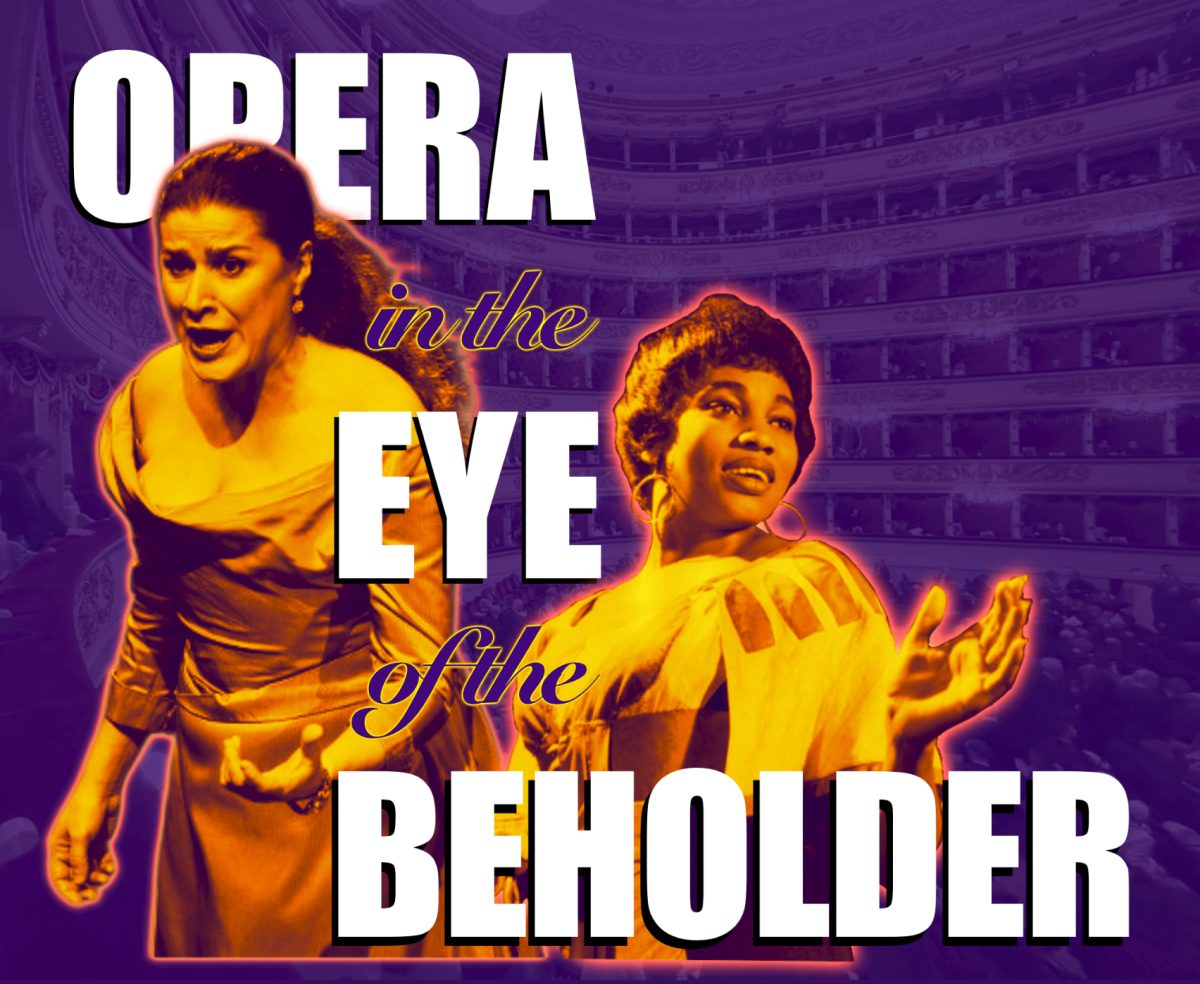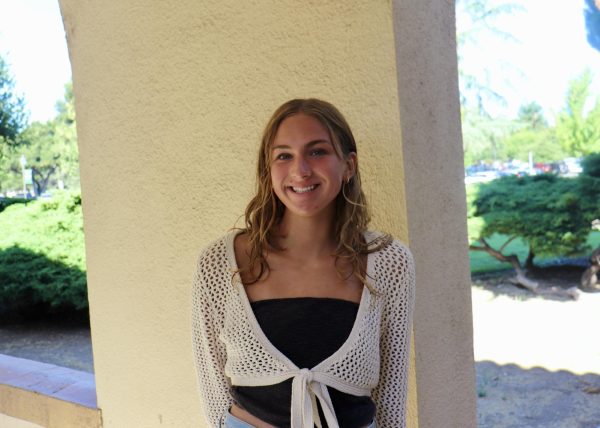Music in movies isn’t just background noise; it’s like a heartbeat that guides viewers through the highs and lows of cinematic journeys. From haunting melodies that linger long after the credits roll, to the upbeat, catchy tunes that stir our souls, the marriage of music and video production is a captivating symphony of artistry and emotion.
During the production process, filmmakers carefully curate music to set the tone for a scene, using different techniques to make the audience feel like they are immersed in the action.
Whether it be the genre of the song, the lyrics, the timing or the volume of the music inserted, different musical choices can completely change the message being conveyed in a movie scene or video clip.
Senior videographer and editor Clare Antonow uses her knowledge and experience in music to select sounds that create a cohesive video when editing her films. Currently, Antonow uses her abilities to create content for Paly publications, Madrono and InFocus.
“I usually look at the vibe and energy of the clips and pick music that matches up with it,” Antonow said.
Every scene is carefully crafted by filmmakers to relay a certain message. Regardless of the message filmmakers are trying to convey, the potency of that message can be amplified by music. Analyzing and discussing this message is one of the many aspects of Paly’s Composition and Literature of Visual Media class taught by Alanna Williamson.
“Music helps us understand how the director wants us to feel, so without it, we all might have vastly different interpretations and understandings,” Williamson said.
Although background music affects your perception of the film and might not immediately be noticeable, viewers’ brains unconsciously use the music to follow the film’s theme.
During one activity in Williamson’s film elective, she plays an iconic scene for her students from Jurassic Park when the characters arrive in the park.
“[the class will] listen to movie scores and then make guesses about what the music might be used for, starting with adjectives to describe the mood of the song,” Williamson said. “When I’ve played that one [the scene from Jurassic Park], students have said discovery, adventure, surprise, enlightenment– all of which totally match what’s happening to the characters in the movie.”
While Antonow often uses powerful music to aid the visuals displayed in her videos, she recognizes the importance of subtle music.
“People often don’t notice music in films because it is so well done that it just seems natural,” Antonow said. “But if there was an absence of music, people would notice.”
Similarly, Williamson can hardly imagine a movie without music-making scenes complete.
“Even when we had silent films, they still used music but were unable to have dialogue,” Williamson said. “Music is so intrinsically tied to all of our emotions. If movies had no music, I think a lot of the scenes would feel awkward and empty.”
For videographers, finding music to fit the clips is a lengthy process. Identifying the overall tone of the video and matching the lengths of the video to the music clips can take hours.
Firstly, a videographer must decide the implications they want the music to have, whether that be parallel sound or contrapuntal sound.
“Parallel sound would be anything that’s enhancing the mood of the scene,” Williamson said. ”In other words, the scene is supposed to be sad, so the music composed or chosen for the scene matches and deepens that. Other times, directors might choose music that is contrapuntal to the scene, which means that it opposes the mood.”
The use of different techniques is very impactful to provoke emotions in the audience and proves to be one of the most important parts of the process in filmmaking, both in the professional film and music industry as well as for individual videographers.
After deciding on the tone of the music, Bennett Hardy, a filmmaker and Paly alumni, goes through the process of putting the music to the scene.
“Matching up the clips to the beat or lyrics is quite simple when you have finished editing unless it’s copyrighted,” Hardy said.
Artists often choose to copyright their songs, so that other people cannot use them to make a profit without the artist’s permission. Getting permission is sometimes difficult, as filmmakers have to get a license stating how they can use the music and what they will pay the creator to use it. To avoid these monetary costs, Hardy suggests a different method that, although time-consuming, can reap the same reward.
“I also can get other people to help me match the music,” Hardy said. “So for a soundtrack, I can get a friend to make it with me, and that takes around 10 hours [to] 11 hours to fully fix it, or I can find it on Free Sound or different non-copyrighted music platforms.”
Despite the lengthy process, the end product almost always pays off. With melodies and chords enhancing the footage, filmmakers can effectively share their message and tell a story.
However, a soundtrack holding such a significant role in the tones and themes of films may cause a possibility of portraying the wrong message to the audience.
“Whenever music is off-putting to the film, it pretty much ruins the cinematic experience,” Hardy said. “If a filmmaker is unaware of a certain age group, and uses music from that age group to sympathize with the audience, it feels very off-putting.”
Videographers must think carefully about the music they choose to include and the effect they want it to have on the audience.
“The film industry would not exist without music before talkies were invented,” Hardy said. “Short films consisted of just music with the visuals, and then a cut to dialogue.
Talkies or “talking pictures” are named after the use of recorded dialogue that played in sync with images on screen drawing contrast to older movies of the silent film era.
Warner Brothers Studio was one of the first of its time to develop sound technology and used it to create Don Juan in 1926 which was the first full-length movie to feature synchronized score and sound effects.
As we approach one hundred years since this film’s trailblazing use of sound, it is incredible to see how much of an impact it has had on films and the emotion they convey. This evolution also proves promising for film buffs and the future of the film industry.
Ms. Williamson’s Favorite Soundtracks in Films
Jurassic Park (1993)
Music composed by John Williams

Anyone but You (2023)
Music composed by Este Haim and Chris Stracey

Interstellar (2014)
Music Composed by Hans Zimmer
the sound of cinema











